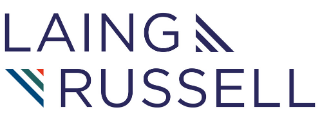Posts Tagged ‘delivery’
Connecting to Value
In our experience, focusing and motivating your teams to deliver value for your organisation remains one of the most considered challenges for leaders. Especially doing it in a way that works. In a way that is both efficient and effective. We know that sustaining teams and individuals to do the right thing is critically important…
Read MoreShow don’t Tell: A new (to me) perspective on change leadership
As an experienced consultant with a professional heritage in engineering, I have absolutely no academic credentials in literature or any other media. However, with children that studied film and literature at first degree level and also as someone that enjoys films, I have come to understand the idea of ‘show don’t tell’ as used in…
Read MoreImportance of the New
Like all of us, the Laing Russell team has had many new consulting experiences in recent weeks and months. Our own learning from these new experience has prompted us to reflect on the very significant value of proactively seeking out the ‘new’, the ‘the road less travelled’ to encourage development and change. The challenge of…
Read MoreEnterprise Change done right: keep your vision in mind
Whatever the label used by our clients, be that transformation, digital, agile or change, fundamentally we see our purpose as enabling change. Laing Russell is about getting enterprise change done right. Recent Bain & Company research endorsed our perspective that the central focus of any programme of work in this area should focus on changing…
Read MoreStories as a key tool for change
We got some valuable advice from a learning and development colleague to just start. Start writing up and sharing our insight, don’t wait until you are clear and definitive on what might be called a content strategy. Bring a more agile, iterative approach to our consultancy by sharing our insight with our client community. Especially,…
Read More




